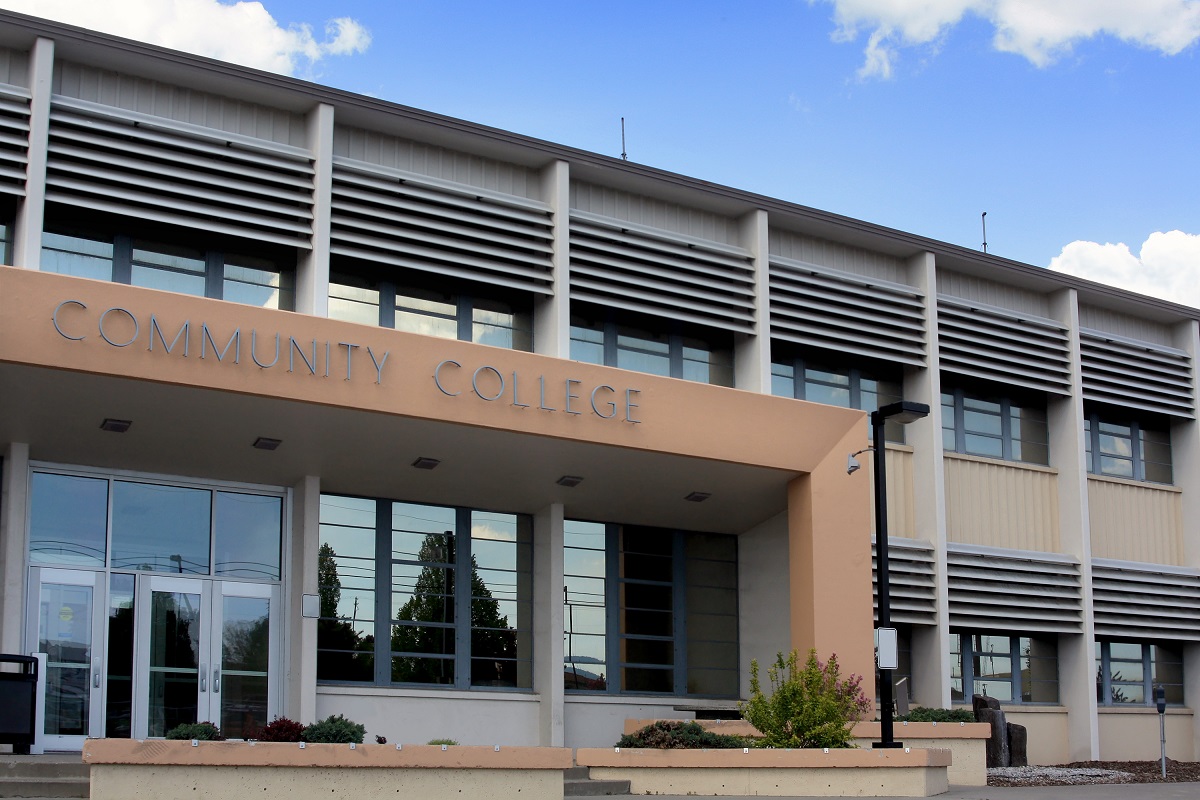Almost 63 percent of California high school seniors felt prepared to begin college and two-thirds were satisfied with the advising they received regarding higher education, Policy Analysis for California Education’s (PACE) brief “The Transition to College: Voices From the Class of 2023,” released in March.
The brief summarizes the results of a May 2023 survey that a diverse group of more than 10,000 12th graders responded to about their college preparedness and plans to enroll in college coursework that fall.
These students spent much of their ninth and 10th grade years in remote learning due to the pandemic and are also the first cohort to graduate with the All In for FAFSA/CA Dream Act initiative in place which requires all local educational agencies to confirm that their students complete one of the applications for financial assistance.
“More than 38 percent of students planned to enroll in community college, and nearly 44 percent of students planned to attend one of the state’s four-year public universities,” according to the brief. “Although the majority of Latinx students (46.6 percent) planned to enroll in a community college in the fall, most Asian American students (43.3 percent) planned to attend a UC. Additionally, white students indicated plans to enroll in a college outside of California at higher rates (22.1 percent) than their peers from other racial/ethnic groups. We also find slight differences in enrollment by gender identity, as gender-diverse students were 12.8 percent more likely to pursue enrollment at a postsecondary institution outside of California than their counterparts.”
Parents’ educational achievements impacted students’ feelings of preparedness and college plans. Those whose parents had higher levels of education felt more prepared and were more likely to go directly to a University of California school or a out-of-state college.
The most popular anticipated areas of study included engineering, natural sciences and health sciences.
“Given students’ prior experiences with remote instruction during the pandemic and the increased number of online offerings by colleges and universities, we asked students whether they planned to take any college courses online,” the brief explains. “Nearly 42 percent of seniors indicated they would not be taking any online college courses, but about 58 percent intended to take at least one class online, with most planning to take one or two classes (43.5 percent), and 2 percent planning to take all their classes remotely.”
Students’ top concerns included college affordability and covering living expenses, whether their academic performance will be up to par and finding community. The teens were excited about starting a new chapter in their lives and the potential for personal growth.
Dual enrollment
PACE also recently published the infographic A Strong Start for College and Career: Dual Enrollment Participation From 9th to 12th Grade, which explores dual enrollment participation amongst all public school students in grades 9-12.
A strategy to increase equitable access to higher education and college preparedness, a growing number of students are pursuing dual enrollment through gaps between racial/ethnic groups remain.
In 2021–22, 10 percent of high schoolers were enrolled in community college courses, according to the infographic with participation most common among 11th and 12th graders. “While dual enrollment participation is low overall for ninth grade, participation is more equitable across racial/ethnic subgroups than in later grades,” the infographic states. “In ninth and 12th grades, dual enrollment participation rates are similar for students identified as socioeconomically disadvantaged and their more affluent peers.”
PACE found that opportunities for dual enrollment vary drastically by county with San Luis Obispo and Santa Barbara counties having more than 25 percent dual enrollment participation, the highest in the state. San Benito and Inyo counties had 2 percent participation — the lowest in the state.
“Counties with high rates of ninth-grade dual enrollment tend to have high rates of participation in all grade levels, which is likely the result of intentional efforts among K–12 and community college leaders to provide information and access,” according to the infographic. “On the other hand, low rates of ninth-grade dual enrollment do not necessarily indicate lower overall participation.”
Courses in interdisciplinary studies, social sciences and humanities had the largest number of dual enrollment students across grade levels. “Notably, about 25 percent of community college courses taken by high school students are career technical education courses, which span all subject areas and fields of study,” the infographic explains.





